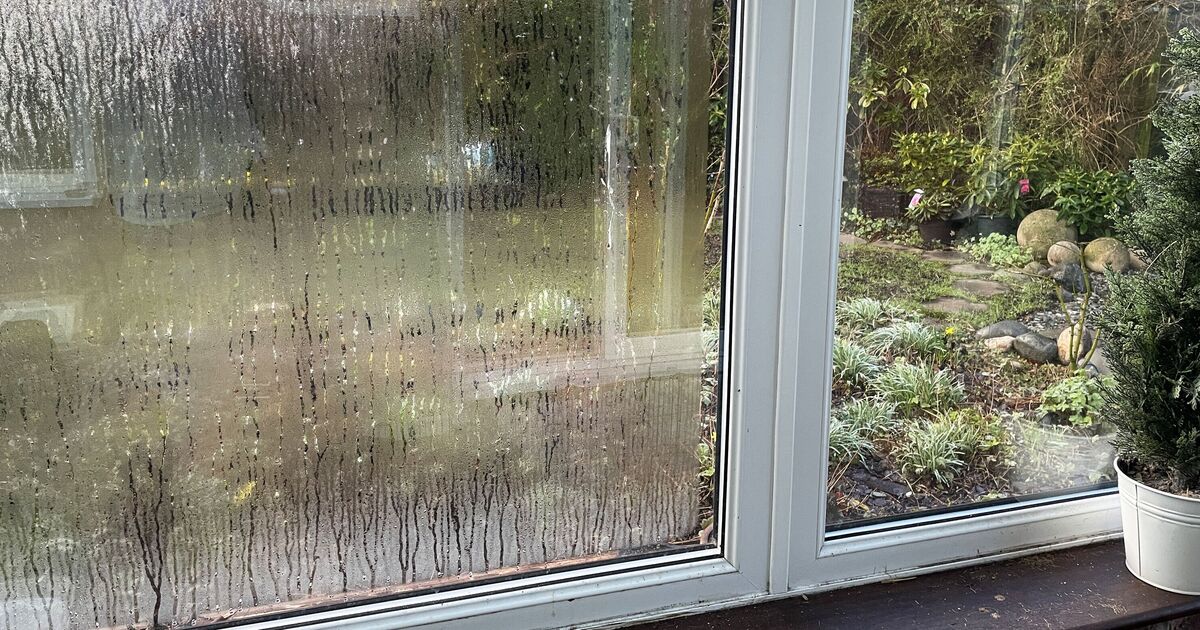If you’ve got water on the inside of your windows during the cooler months then you likely have a problem with condensation.
Preventing condensation can be tricky, especially if you need to dry your washing indoors or your home isn’t well-insulated.
Luckily, fans of cleaning sensation Mrs Hinch have come to the rescue and have shared a simple method to stop the problem altogether.
Graham Lyon posted on the group ‘Mrs Hinch Cleaning Tips’ asking how to banish condensation from his windows.
He asked: “Condensation on windows every morning. I have a dehumidifier in the living room and that room is marginally better but still need to dry the windows each morning to a certain degree.
“I’ve tried opening the windows a fraction and this makes a slight improvement but in these temperatures, it’s just too cold. Any other solutions from people who have overcome this? Thanks in advance.”
The most suggested method was to use washing up liquid on the windows.
Ann Desmond said: “Rub washing-up liquid over windows. I did it and it works very good.”
Emily Clark agreed and said: “I put washing up liquid on a kitchen roll pad and rubbed it about a foot high over the bedroom window. This was 10 days ago and I’ve had no condensation since. Magic.”
The washing-up liquid prevents condensation from forming on windows by creating a barrier that stops the water from sticking to the surface.
Not only will this prevent condensation but it will stop mould and mildew from developing.
To apply the washing-up liquid, put a small amount on a dry cloth and rub it into the window where the condensation usually forms.
Washing-up liquid can be bought from most local supermarkets and online for around 55p.
However, some cleaning enthusiasts warned against using the method as the moisture will instead settle elsewhere.
Lisa Knowler said: “Be careful as the moisture needs to go somewhere. It will condense on ceilings and walls. At least if it’s on the window you can vacuum it off/wipe it down.”
Graham Lyon agreed and wrote: “I read about that hack but then read loads of comments advising that although it stops the windows from misting up, it shifts the problem to the walls and causes mould.”












